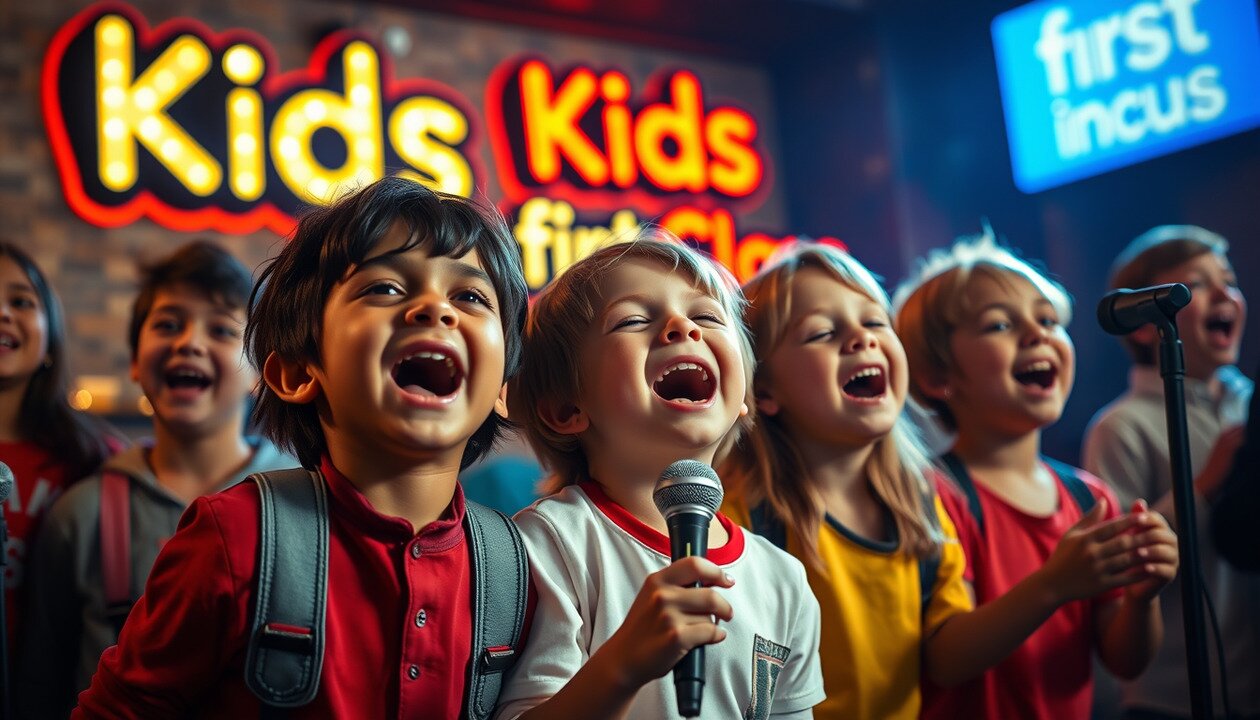
R — Rhythm of Learning
Musical Patterns Shape How Children Think and Remember. Rhythm trains sequencing, prediction, and timing — core skills for all subjects. It provides structure the brain craves. Learning becomes a beat the mind can follow.
Why Rhythm Is the Brain’s Favorite Teacher
Rhythm is not just a musical feature — it’s a cognitive superpower.
At Kids First Class, we harness rhythm as a neuroscientific tool.
Because every beat, pattern, and pulse does something vital:
It teaches the brain how to sequence, predict, and organize thought.
This is the hidden structure behind speech, reading, math, attention, and even emotional regulation.
From Beat to Brainpower
Research shows that rhythm:
Improves working memory and long-term retention
Enhances sequencing and timing skills — the building blocks of reading and math
Boosts attention span and pattern recognition, essential for problem-solving
Each musical phrase becomes a neural roadmap.
When toddlers move or sing to rhythm, they are literally learning how to track, anticipate, and remember — all without effort.
Rhythm Is Structure for a Young Mind
The developing brain craves structure — and rhythm provides it.
Through songs, claps, chants, and music games, children:
Learn to follow patterns
Anticipate what comes next
Build a natural sense of order, flow, and logic
This isn’t just fun.
It’s early training for executive function, language fluency, and academic success.
Emotional Harmony and Social Timing
Rhythm also:
Strengthens emotional regulation by syncing internal states with external beats
Builds social awareness through turn-taking, group coordination, and shared timing
Increases confidence, as children master complex rhythmic patterns with joy
In every tap, clap, and lyric, they’re learning to self-regulate, cooperate, and express.
Daily Integration: A Simple Superpower
Parents and educators can make rhythm part of any moment:
Clapping syllables of names
Singing counting songs
Using rhythm to tidy up, transition, or learn new words
Repetition + Rhythm = Retention + Joy.
That’s the formula.